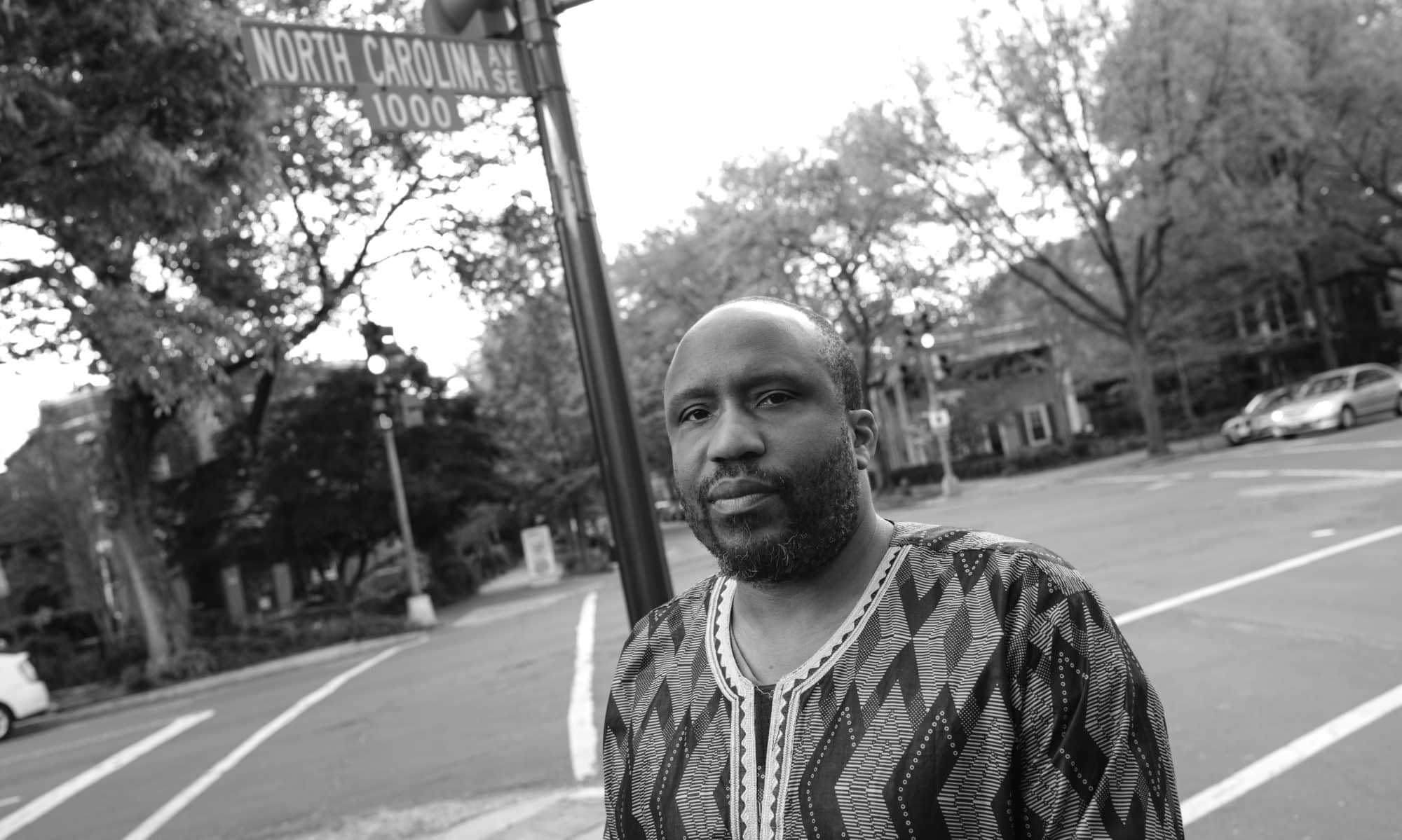Over a year ago, I attended an online session of the Studi Museum in Harlem’s Museum Education Practicum. It was an amazing opportunity to say the least. Ieft that practicum so full I have yet to finish a reflection I started writing about for this site…soon come.
The practicum was fruitful in many ways, one of which was meeting so many cool and smart people in the museum world and expanding my circle of creative folks worldwide. Another awesome personal outcome of the practicum and the community I found there were the opportunities it created for me to talk about my ideas about the intersection of other art forms and poetry…Big Thanks to Erica Harper for asking me to be on the Phillips Collection panel for Teaching with Jacob Lawrence: The American Struggle Then and Now
Another opportunity that was so meaningful to me was when Ilk Yaska invited me to write a reflection for Studio Museum in Harlem’s Museum and Systems symposium. It is hard to describe my respect and reverence for the Studio Museum. I know the idea of the museum itself comes with its flaws, including the Studio, yet I love the work the Museum has been doing and its efforts to define an “us”, “our”, & “we”
Needless to say, it was an honor to write this reflection, and I hope to get more opportunities like this. The version that is on the website is a bit different from the one I turned in, so if you want to read that one hit me up, I will send it to you, but go here if you want to read the version they published.
One correction I noticed is that they misprinted my equation for Wellness represented it should read:

Not Wellness = Care + Time
Anyway, enough running my mouth, here is the link to my recap /reflection….click here
